1939 BROUGH SUPERIOR SS100 BACKGROUND
The SS100 (SS stood for “Super Sports”) was built from the very best components available at the time from a wide range of suppliers. The engines that Brough selected for his 1924 through 1936 SS100s was the twin-cam KTOP V-twin built by JAP (named for the initials of its founder, J.A. Prestwich). It was one of, if not the most advanced and powerful motorcycles engines at the time. Gearboxes were the 4-stud, 3-speed Sturmey-Archer gearbox.
NEW ENGINE & FORKS
Starting in 1936, Brough Superior Motorcycles switched over to Matchless V-twin engines starting in 1936. Brough admired some of the features of the American Harley-Davidson, and copied their front forks, forming a new company to do so called the Castle Fork & Accessory Company. The new forks were lighter and stronger, and became a hallmark feature of Brough Superior Motorcycles, and helped the SS100 gain a reputation for excellent handling (by the standards of the day).
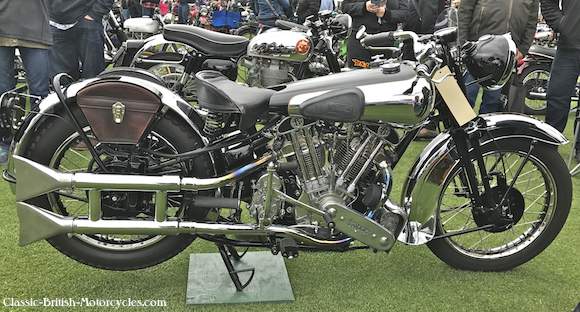
THE SS100 ALPINE GRAND SPORT
Brough fitted the SS100 with full touring spec and named it the “Alpine Grand Sport” starting in 1925. That same year, Brough Superior Motorcycles introduced the Pendine Racing Model (named after the Pendine Sands where Malcolm Camplbel set several speed records on Brough Superior Motorcycles) which was good for 100 mph out of the box.
CONSTANT EVOLUTION & IMPROVEMENT
Every owner was encouraged to offer suggestions on how to improve Brough Superior Motorcycles, which led to continuing improvement, development and evolution. One result was the upgrading of the Sturmey-ARcher gearbox in 1929 to a 3-speed “super-heavyweight” unit to cope with the 50+ horsepower that the big JAP engine produced. In 1928 rear suspension was added, and in 1934, the Alpine Grand Sport received JAP’s new 75-horse overhead valve (OHV) V-twin famous at the time for ”having two of everything: two magnetos and two oil pumps”. Foot-operating shifting was added in 1935, and they upgraded to a 4-speed Norton gearbox in 1936.
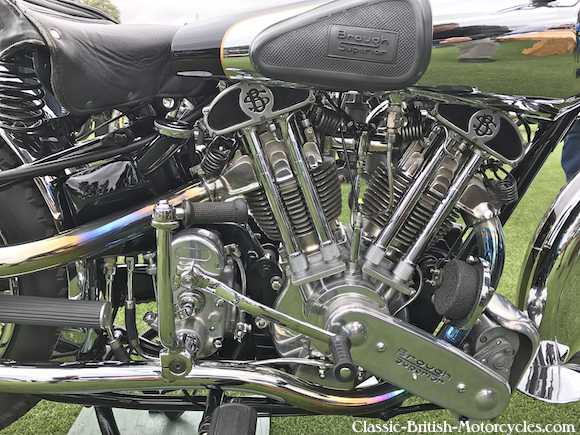
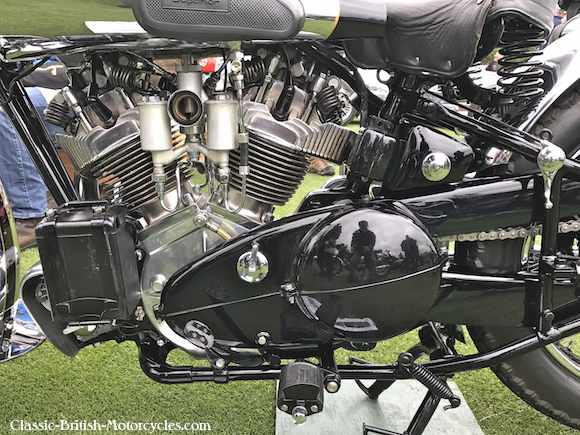
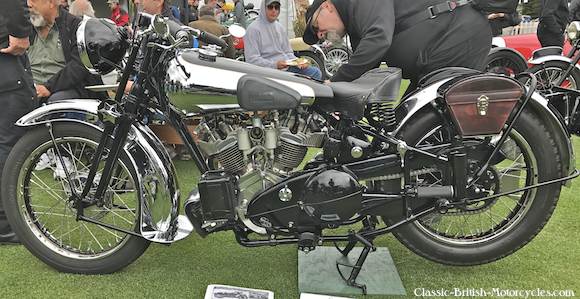
BROUGH SUPERIOR MOTORCYCLES IN THE RECORD BOOKS
Brough’s top-of-the-line SS100 competed in and set several world records throughout the 1920s, with one of their engineers who worked on the development of the bikes, Bert le Vack, himself holding 7 world records at one time. In 1927 George Brough himself and Freddie Dixon both achieved 130 mph (209.2 km/h) in the flying kilometer, then Brough returned in 1928 to break his own record at 130.6 mph (210.2 km/h). In 1932 Ronald Storey broke the record for the highest terminal speed in a standing half-mile at 81.08 mph, and Noel Pope broke the all-time track record at Brooklands in 1939 with an average one-lap speed of 124.51 mph (200.38 km/h), all on the SS100.
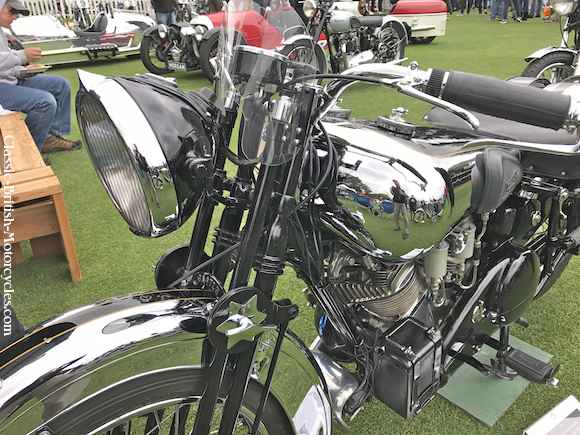
END OF THE LINE
Despite all the brilliant racing success and the long string of world speed records, Brough Superior never made very many motorcycles. And no matter how good, or how much they charged for each one, it made them vulnerable. When the British Ministry of War shut down all civilian production in 1940 at the dawn of World War 2, and Brough Superior Motorcycles, like every other manufacturer of any kind throughout the British Empire, were pressed into service making war materiel. When peace finally came 5 years later, Brough never resumed motorcycle production. The entire lifespan of Brough Superior Motorcycles ran from 1924 through 1940, a mere 17 years.

1939 Brough Superior SS100 SPECIFICATIONS
|
Model designation Engine type Engine manufacturer Displacement Engine output Gearbox Wheelbase Fuel capacity |
1939 Brough Superior SS100 Air-cooled OHV 50-degree V-twin Matchless 998cc / 60.9 ci 45 hp @ 5000 rpm Norton 4-speed, right-foot shift 59.0″ / 1499mm 4.8 US gal / 18 liters |


